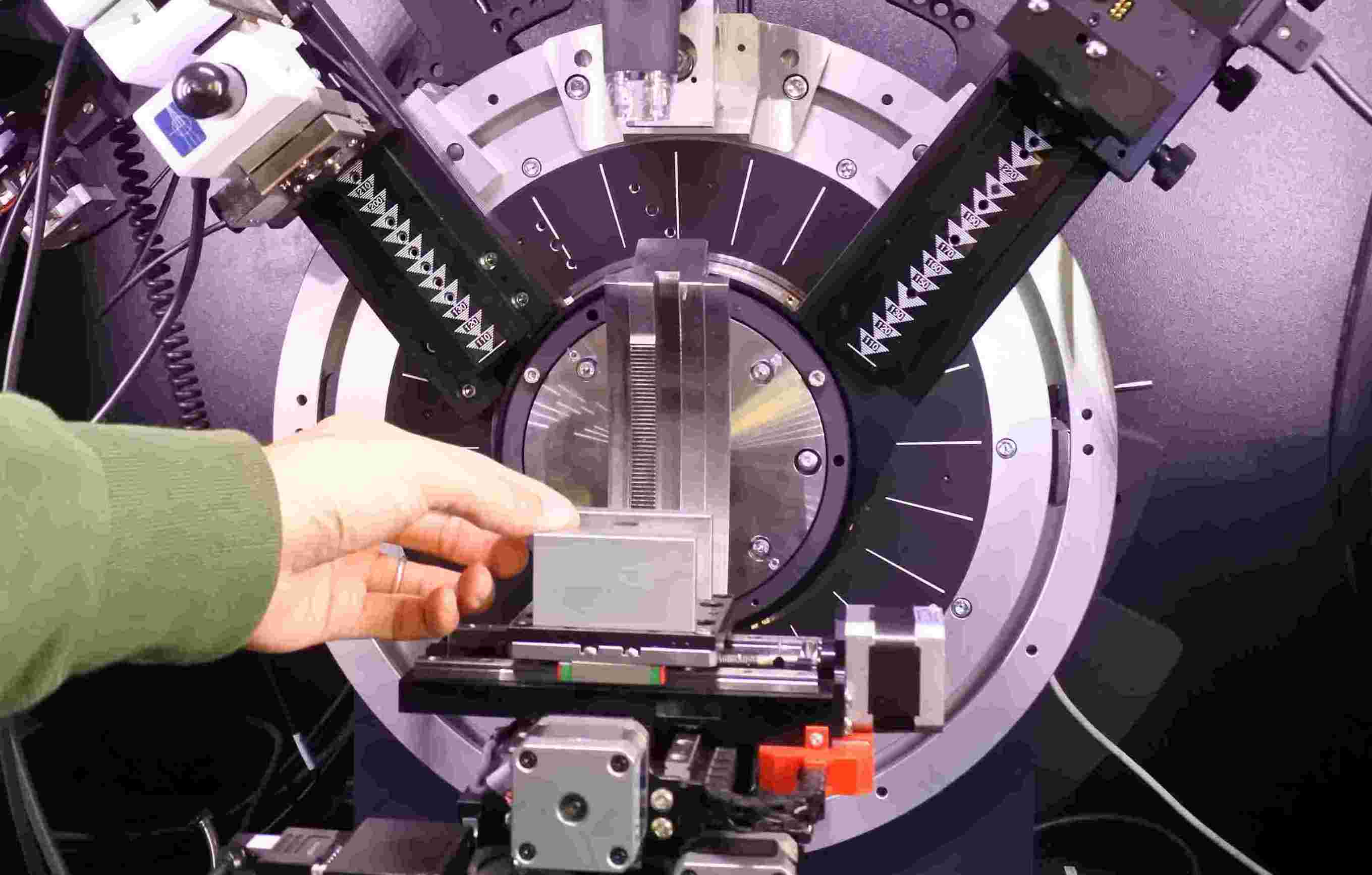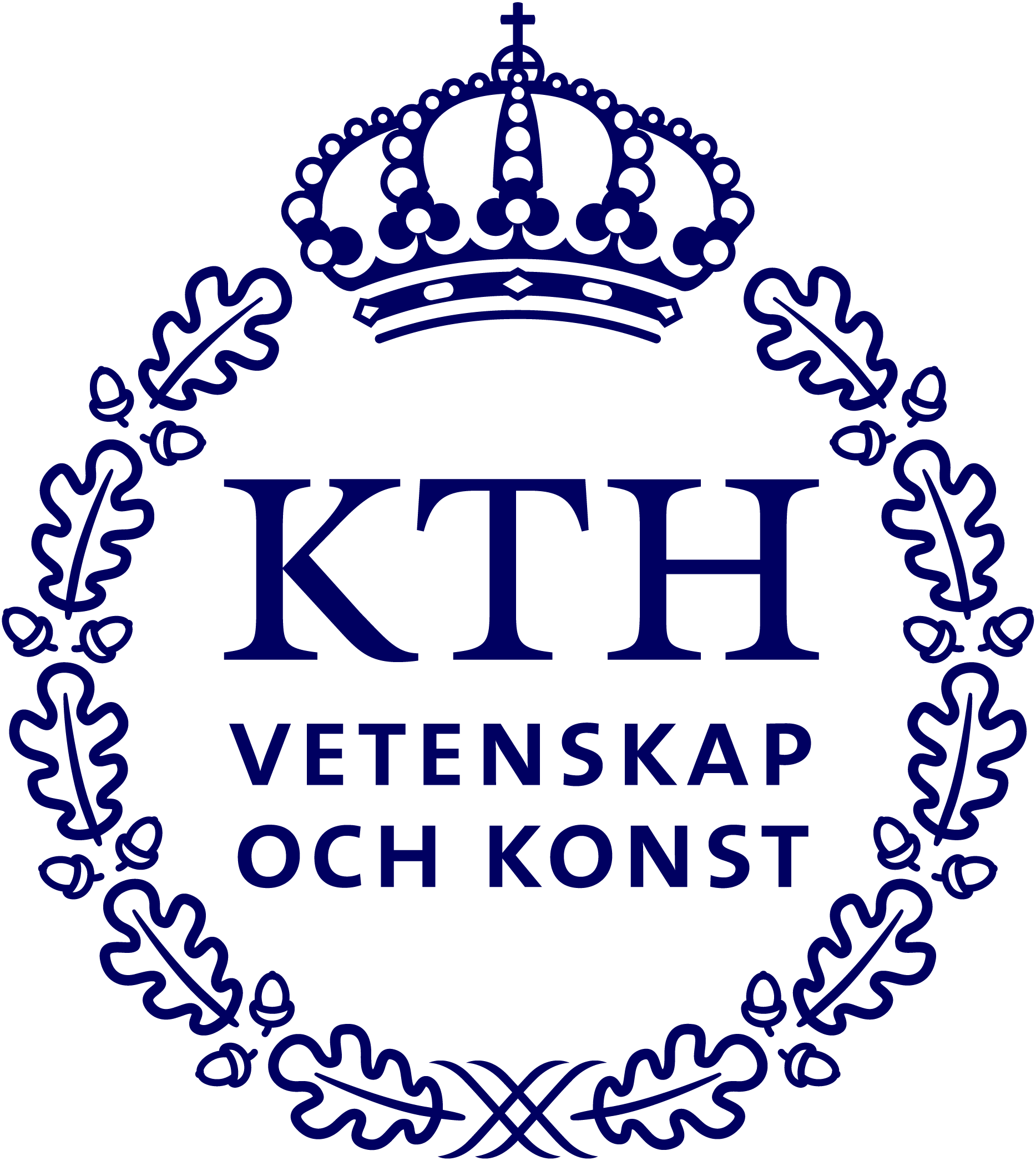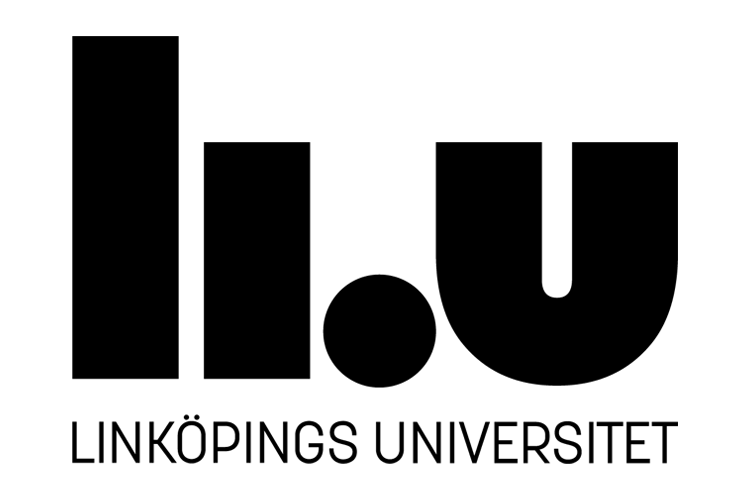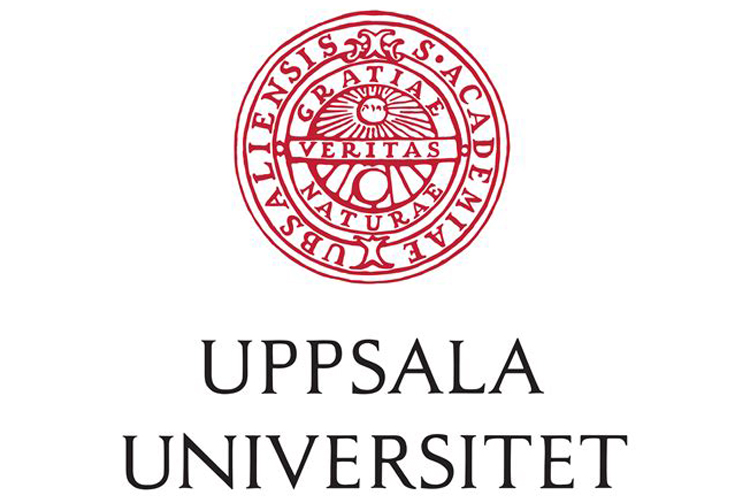A successful 5 ECTS PhD course "Introduction to x-ray diffraction"

20 Industry researchers and PhD students now have skills in XRD - including how to upscale their lab work to use synchrotrons
Need
The x-ray diffraction (XRD) measurement technique has characterised more than 90% of all materials, both natural and designed, that are known to human kind. XRD instruments are now a standard laboratory tool in universities, institutes and also in industry. The measurement principles of such XRD laboratory tools are theoretically the same as those at large scale facilities. The difference is the energy levels and flux of the x-rays. Thus, LSF x-rays can capture measurement data in a fraction of a second, whereas a lab tool may take several hours. Moreover, LSFs can capture so-called in situ/in operando data i.e. study materials as they are being produced/used.
In addition to the common theoretical basis of lab based and LSF based XRD measurement principles, proof of research viability and preliminary results are often a prerequisite to gaining access to LSFs. Therefore, researchers need to be proficient in lab based XRD tools in order to gain access to LSFs as well as to understand how to plan their research use of the LSF.
Course
A 5 ECTS course, at PhD level, was therefore developed. The course was organised in three sessions.
Session comprised:
- An introduction to the history of XRD, XRD theory, examples of XRD research
- A laboratory activity
Session 2 comprised:
- Theories and examples of XRD Data analysis
Session 3 comprised:
- An introduction to LSF
Learning outcomes
After successfully completing the course, learners should have acquired:
- A fundamental understanding of x-ray diffraction (XRD) and its applications in materials science and metallurgy.
- Basic skills in lab-scale XRD preparation, operation and analysis.
- Capability to understand the scientific literature in the field to further develop, independently, their own skills in XRD characterization.
- A basic understanding of the similarities and differences between lab-scale and large-scale (synchrotron) XRD measurements.
Competence Assessment Method
The assessment method comprised three home assignment papers, which related to the lectures, laboratory and demonstration. Solving the assignments required the students to design experiments at lab and LSF scales using XRD modelling software as well as analysing captured laboratory XRD diffraction data using data analysis software programmes.
Learner feedback
Learners feedback was that they felt more confident in research planning - as well as tackling the challenge of XRD data analysis.



